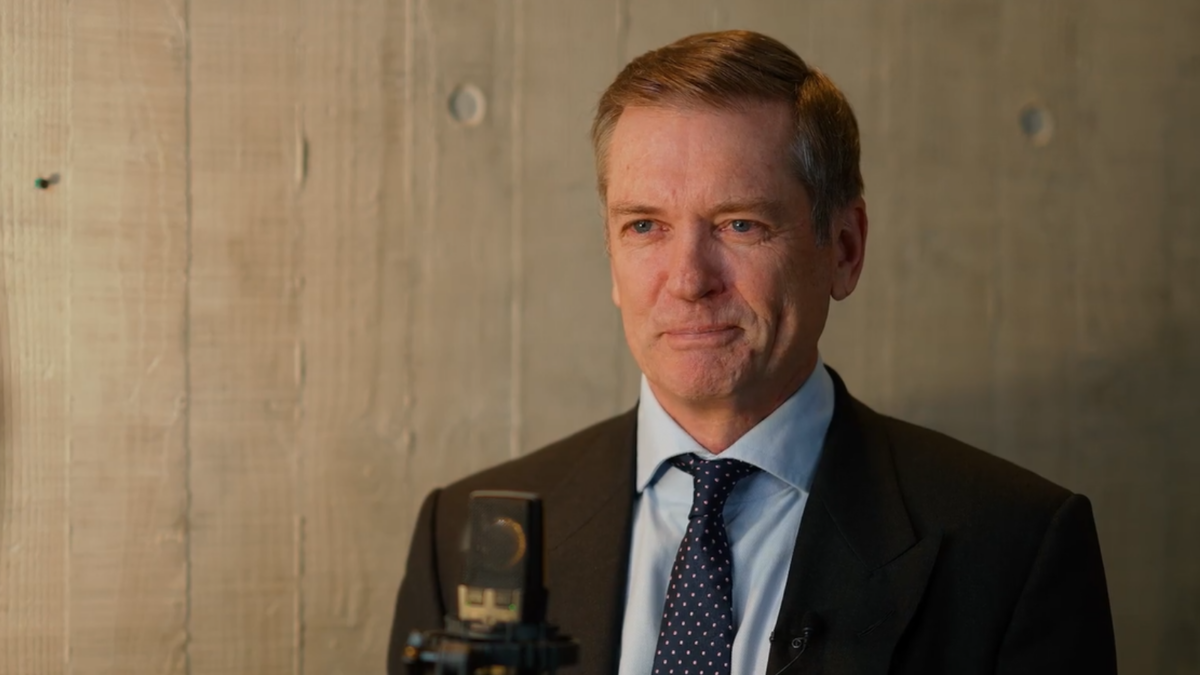Investors revisiting 60/40 split as slowdown threatens share returns
After the worst year on record for bonds in 2022, the traditional portfolio mix of 60 per cent shares and 40 per cent bonds is drawing scrutiny from investors. With inflation moderating and an expected rise in bond prices and cash returns, both assets have become more attractive compared with shares.
Use of a 60/40 split in 2022 led to the worst losses for portfolios with that mix since at least the global financial crisis, recent reports showed, prompting some financial advisers and fund managers to say the 60/40 model is outdated or not applicable in a year when bonds are expected to do very well. With economic growth slowing around the globe and share returns likely to remain relatively weak, bonds could play a bigger role in allocation mixes in 2023.
Already this year, yields on US Treasuries and Australian government bonds have dropped, linked to signs of economic slowdown in the US and locally and with comments from US Federal Reserve officials indicating they will likely slow the pace of their interest rate increases.
Amy Clements, an investment specialist at Insight Investment, says the value of fixed income as a diversifier in 60/40 portfolios has been challenged over the last two years. “Additionally, following over a decade of quantitative easing, fixed-income valuations were high by historic standards and on a standalone basis, [and] didn’t appear to hold much appeal relative to the income they were offering,” she says.
“We expect to see investors increase their allocations to fixed income relative to history, given the handsome payoff now available from government, investment-grade and even high-yield risk,” Clements adds. “Following the sell-off in 2022… fixed income now looks far more attractive both as a diversifier but also as an asset class in terms of its income or yield properties relative to the risk they pose.”
Clements notes that with increased dispersion and volatility in global share markets, and against “a far more attractive fixed-income proposition”, demand for equities has been replaced by greater demand for fixed income, “and other, alternative asset classes in 2023 should come to the fore” as global recession looms.
Glenn Fairbairn, director at Hewison Private Wealth, agrees that limiting the defensive component of a portfolio to bonds may not provide capital stability or protection. “I believe that the 60/40 shares-and-bonds split is a far too simplistic approach to investing, as it excludes other high-quality asset classes including property, private equity, agriculture and infrastructure,” he said. “Including these asset classes within a portfolio increases diversification, reduces risk and provides smoother investment returns over time.
“Investment portfolios should be constructed to achieve specific outcomes,” Fairbarn added. “Therefore, the weighting across various asset classes should be dependent on what you are trying to achieve and not be tied to a one-size-fits-all split, that is, a 60/40.”
Recession risk is high, but 60/40 may do better
Kellie Wood (pictured), Schroders’ deputy head of fixed income in Australia, sees a 65 per cent chance of the US falling into recession in the next year, which would drag down bond yields globally and push up prices. So while 2022 was the year to be out of fixed income, 2023 will be the year to be in, and Wood expects both government bonds and corporate bonds to gain ground, potentially outperforming shares. “Instead of fighting inflation, central banks will turn to fight recession in their own economies,” she says.
“A sharp downward adjustment in the expected policy path will take bond yields lower and generate some very attractive fixed-income returns for investors, potentially double-digit returns,” Wood says. “This macro outlook should favour higher-quality assets including government and high-quality corporate bonds.” She adds that Shroders expects annual returns of around 4 per cent for Australian government bonds and 5 per cent for Australian investment-grade credit over the next three years.
The Reserve Bank of Australia forecast late last year that economic growth in Australia will slow to around 1.5 per cent in 2023 and 2024. The bank raised interest rates for the eight month in a row in December 2022 to 3.1 per cent, their highest level in almost a decade.
For those investors and advisers sticking with a 60/40 portfolio, Simon Doyle, Schroders Australia chief investment officer and head of multi-asset, says a 60/40 portfolio will likely perform better than last year as bonds could offer better diversification, “even in a tough equity environment.”
Schroders is predicting a three-year average return for Australian equities of around 7-8 per cent per annum, “representing a reasonable premium over bonds”, according to Doyle.











